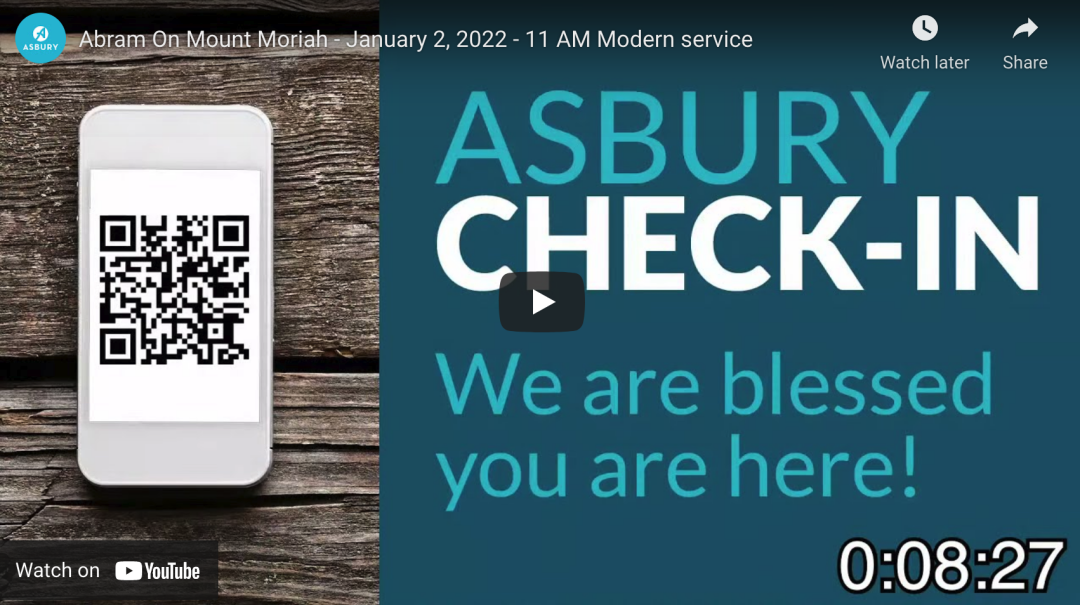Abram On Mount Moriah
Series: Mountains, Valleys and Caves

Genesis 1-11 is considered prehistory. We do not know the dates and location of creation, the Garden of Eden, the Flood, or the Tower of Babel. Genesis 12 through Chronicles and the stories of Abraham, Moses and David give an overview of the Old Testament.
This week we survey Genesis 12-22 and “Father Abraham.” God told Abram to leave his home, Ur (200 miles southeast of modern Baghdad, Iraq), to receive three promises: land, seed (children) and blessing. Abram obeyed and traveled to the Promised Land. He and Sarai had a miracle son in their advanced years.
We squirm on multiple levels when we read the Binding of Isaac. Though child sacrifice was a common religious practice, the Old Testament condemned it (Leviticus 20:1-3). In the Hinnom Valley of Jerusalem, the worship of the god, Molech, included child sacrifice. This valley later became associated with the idea of hell (Jeremiah 19:12-13, Mark 9:45).
Any thoughtful person would ask, “Why would God do this?” Isaac was the beloved son and Abram’s future rested on him. Did Abram misunderstand? Abram had fouled up before—was this another blunder? With this event, God was establishing that HE would provide for His people, not the other way around. The Lord was setting Himself apart from all other gods.
Mount Moriah, the site of Isaac’s binding, was later purchased by King David (1 Chronicles 21:18-30). “Then Solomon began to build the house of the Lord in Jerusalem on Mount Moriah, where the Lord had appeared to David his father, at the place that David had appointed, on the threshing floor of Ornan the Jebusite.” (2 Chronicles 3:1) The gold dome on Temple Mount in modern Jerusalem marks the traditional site for Mount Moriah. The “Dome of the Rock” is an Islamic shrine built over the spot where the Jewish Temple once stood.
Sermon Notes
You can add your own personal sermon notes along the way. When you're finished, you'll be able to email or download your notes.
